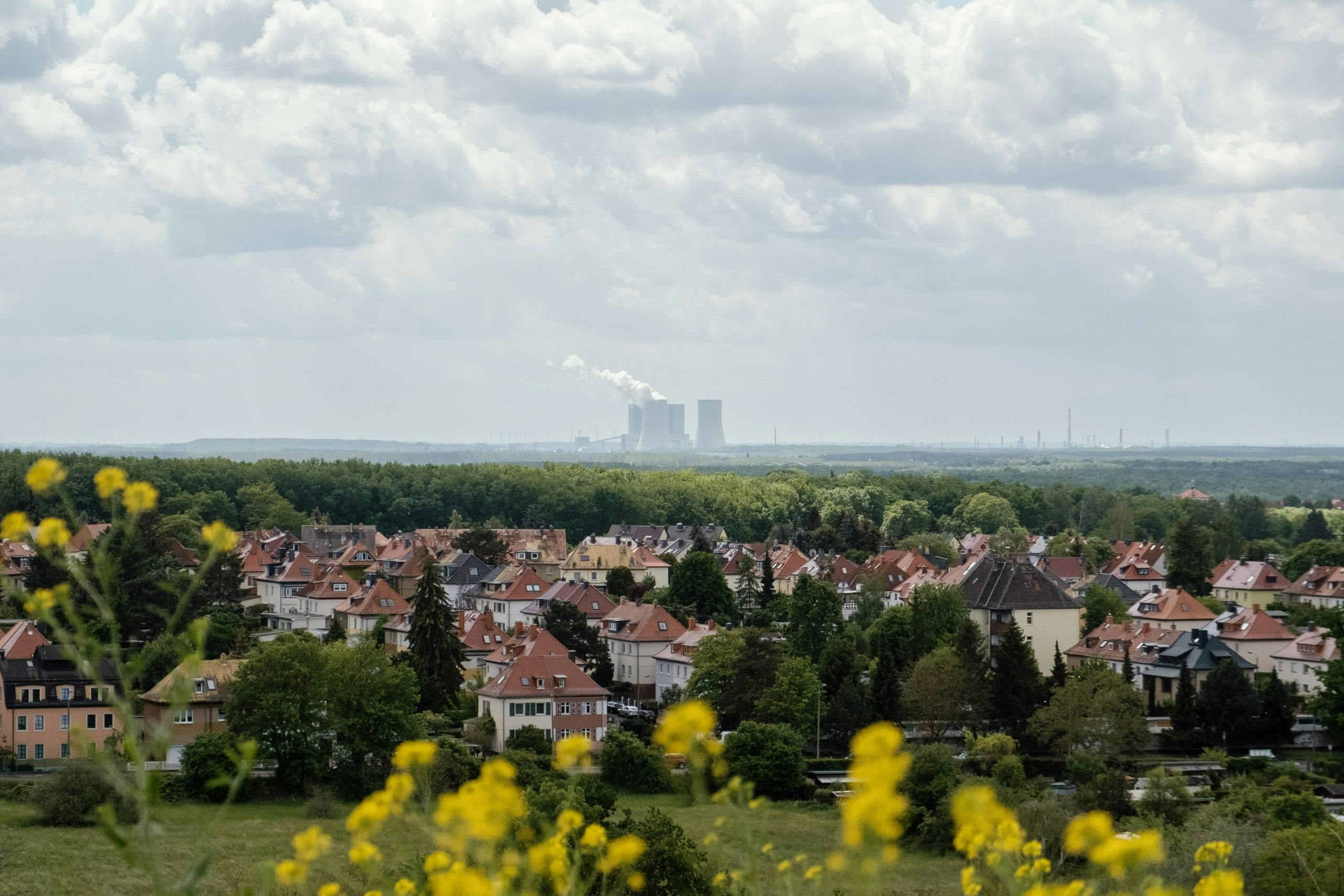Vertical Airports: Urban Takeoff Hubs for Electric VTOL Taxis
As the world continues to advance technologically, the future of urban transportation is also evolving. One concept that has been gaining traction in recent years is the use of electric Vertical Takeoff and Landing (VTOL) taxis. These aircraft are designed to take off and land vertically, eliminating the need for large runways and opening up the possibility for urban takeoff hubs, also known as vertical airports. In this article, we will explore the growing trend of vertical airports, their potential for transforming urban transportation, and the role they can play in promoting sustainable transportation through the use of electric VTOL taxis.
The Rise of Vertical Airports
The concept of vertical airports is not new. The world’s first vertical airport, the Kansai International Airport in Japan, opened in 1994. However, the recent advancements in technology, particularly in the field of electric VTOL aircraft, have sparked renewed interest in this innovative design. The need for efficient and sustainable urban transportation solutions has also played a significant role in the development of vertical airports.
Efficient Use of Space
One of the main advantages of vertical airports is their efficient use of space. Traditional airports require vast areas of land for runways and taxiways, making it challenging to locate them in urban areas. However, vertical airports can be built in densely populated areas, utilizing vertical space rather than horizontal space. This makes them suitable for cities that are struggling with limited land availability.
Reduced Carbon Emissions
Electric VTOL taxis running on clean energy are a promising solution for reducing carbon emissions in urban areas. Traditional airports, with their long runways and large aircraft, are significant sources of pollution. By using electric VTOL taxis, cities can significantly reduce their carbon footprint, contributing to efforts towards a cleaner and greener environment.
Transforming Urban Transportation
Vertical airports have the potential to revolutionize urban transportation and could become a crucial part of the transportation infrastructure of the future. The combination of electric VTOL taxis and vertical airports can provide quick and efficient transportation between urban centers and surrounding areas, reducing travel time and congestion on roads.
Faster and More Convenient Travel
One of the main benefits of using vertical airports and electric VTOL taxis is the speed of travel. These aircraft can reach speeds of up to 200 miles per hour, significantly reducing travel time between two points compared to traditional modes of transportation. The ability to take off vertically also eliminates the need for long taxiing times, making the travel experience more convenient and hassle-free.
Promoting Sustainable Transportation
The use of electric VTOL taxis and vertical airports aligns with the growing trend of sustainable transportation. These aircraft do not emit harmful pollutants, making them an eco-friendly alternative to traditional transportation modes, such as cars or airplanes. The efficient use of space and reduced carbon emissions also make them a more sustainable option for transportation in urban areas.
The Role of Government and Private Companies
The development and widespread adoption of vertical airports are heavily dependent on the support of government agencies and private companies. Governments can play a crucial role in providing the necessary funding and regulations to promote the construction of vertical airports. Private companies, on the other hand, can invest in research and development of electric VTOL taxis and the infrastructure needed to support them, such as charging stations and maintenance facilities.
Promoting Innovation and Collaboration
The concept of vertical airports requires a collaborative effort from various industries, including aviation, technology, and urban planning. By promoting innovation and collaboration, governments and private companies can work together to bring this futuristic concept to life, transforming the way we think about urban transportation.
Conclusion
Vertical airports have the potential to transform urban transportation, making it more efficient, convenient, and sustainable. With the advancements in technology and the growing need for sustainable transportation solutions, vertical airports and electric VTOL taxis are no longer just a concept, but a feasible reality. As more efforts are made towards making this futuristic concept a reality, we can look forward to a cleaner, faster, and more convenient future of urban transportation.











